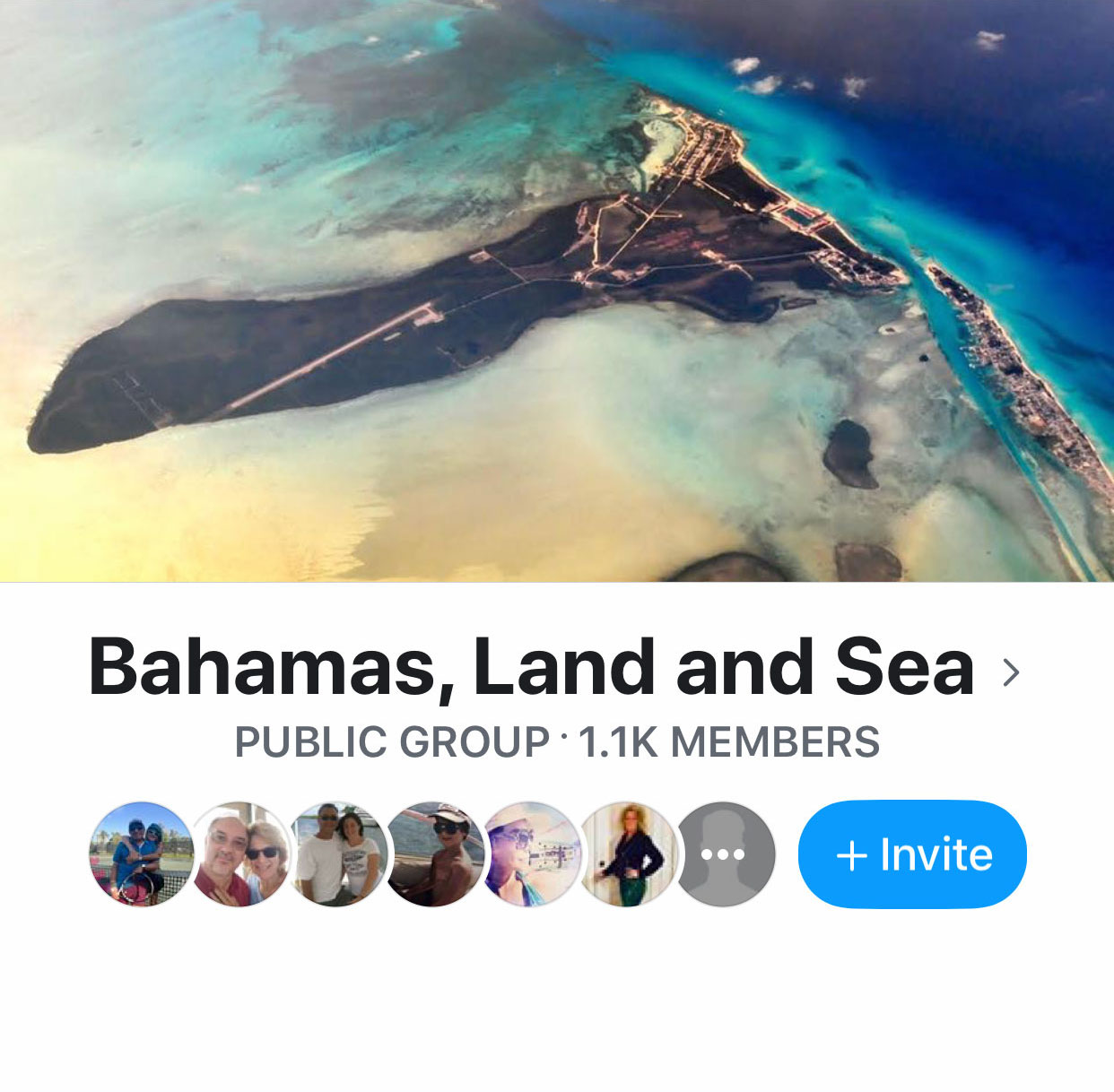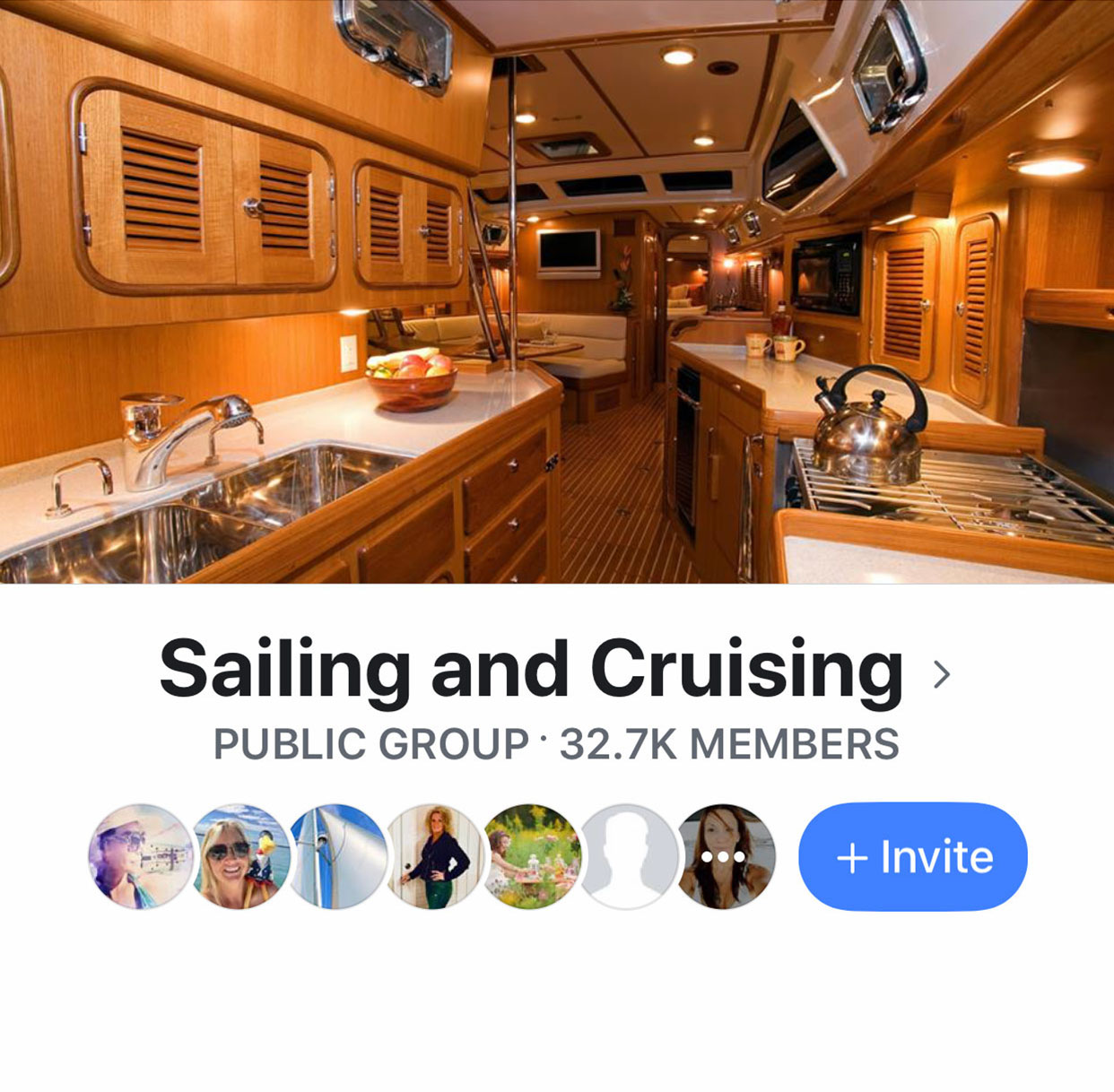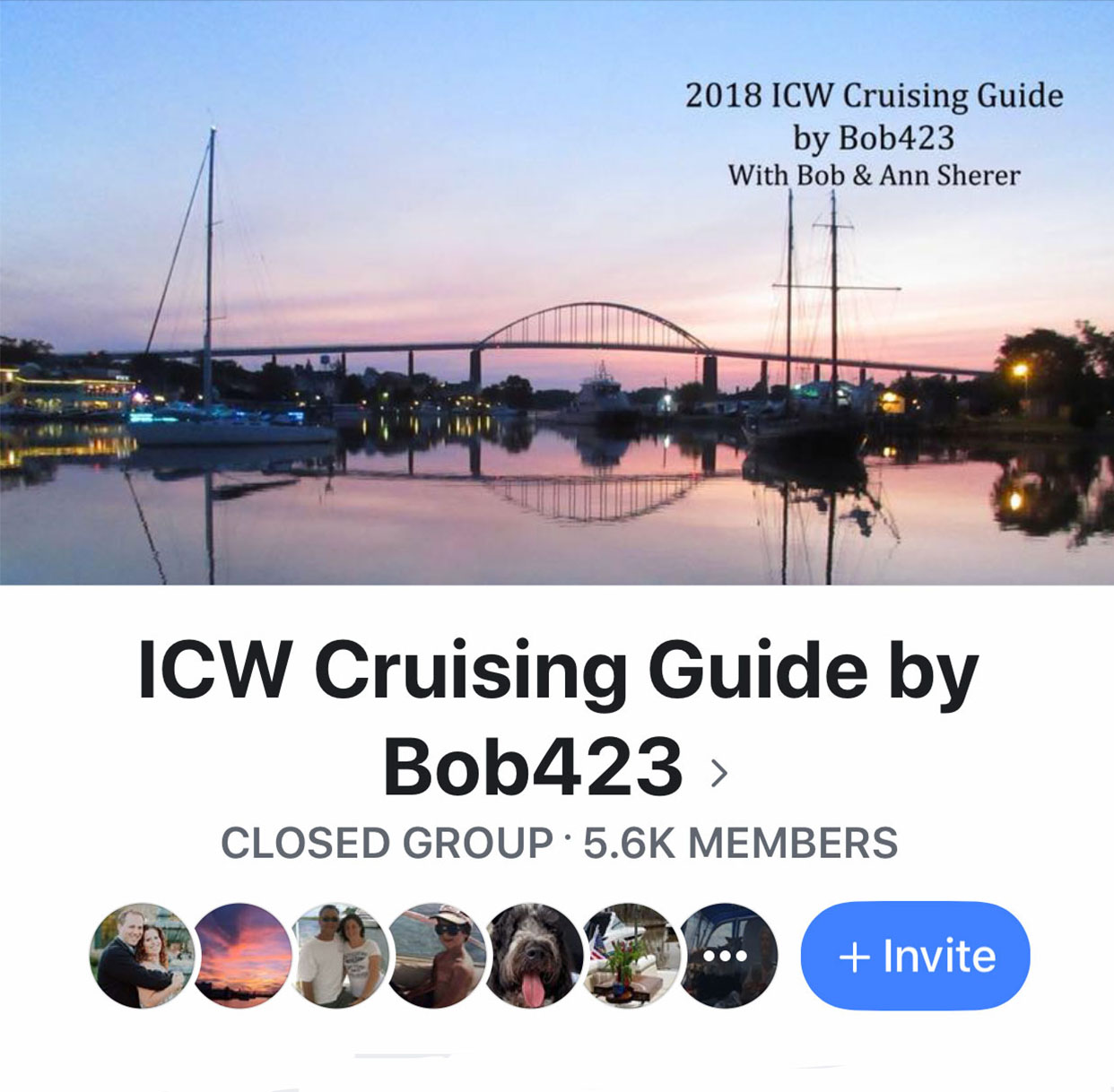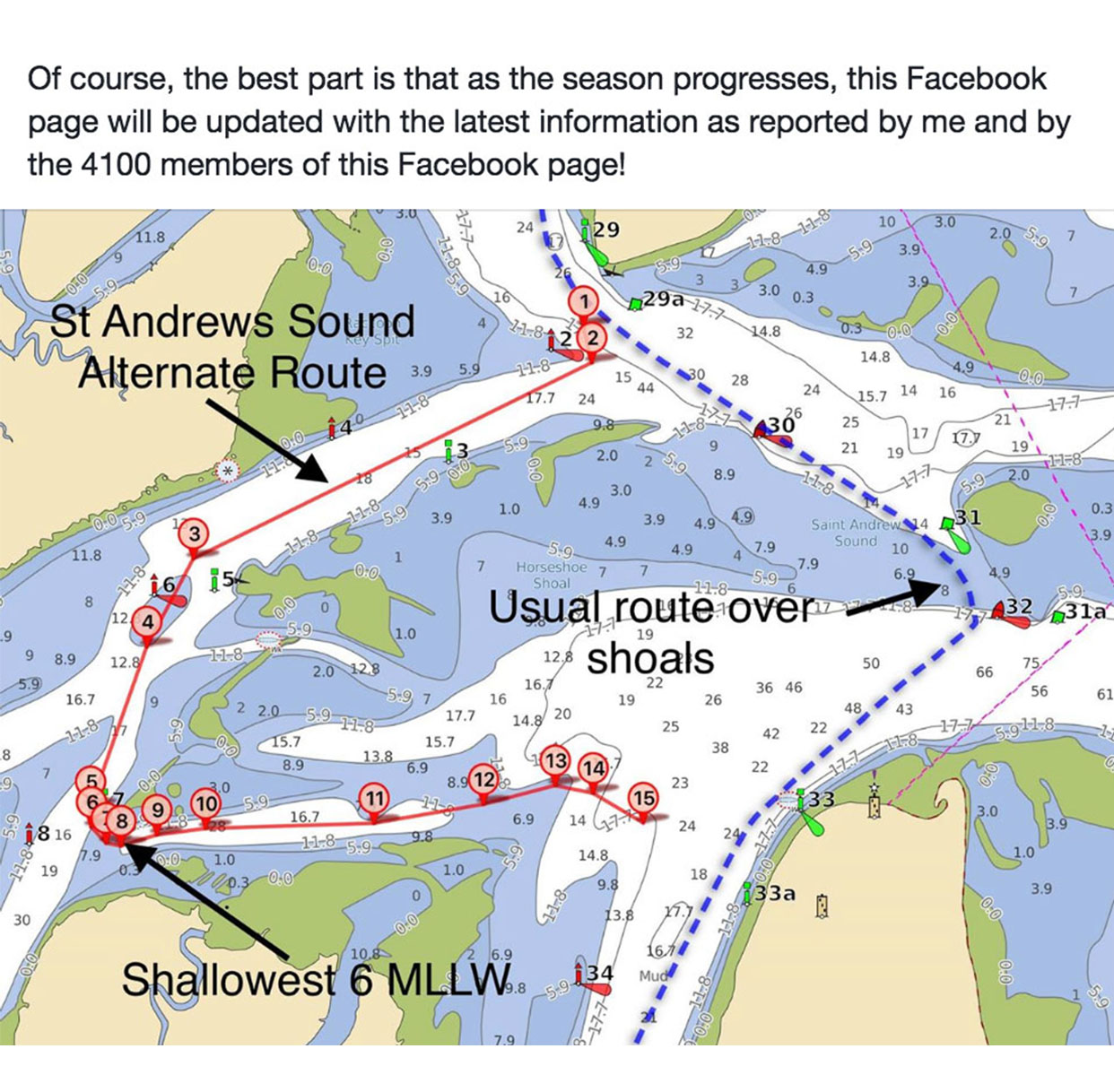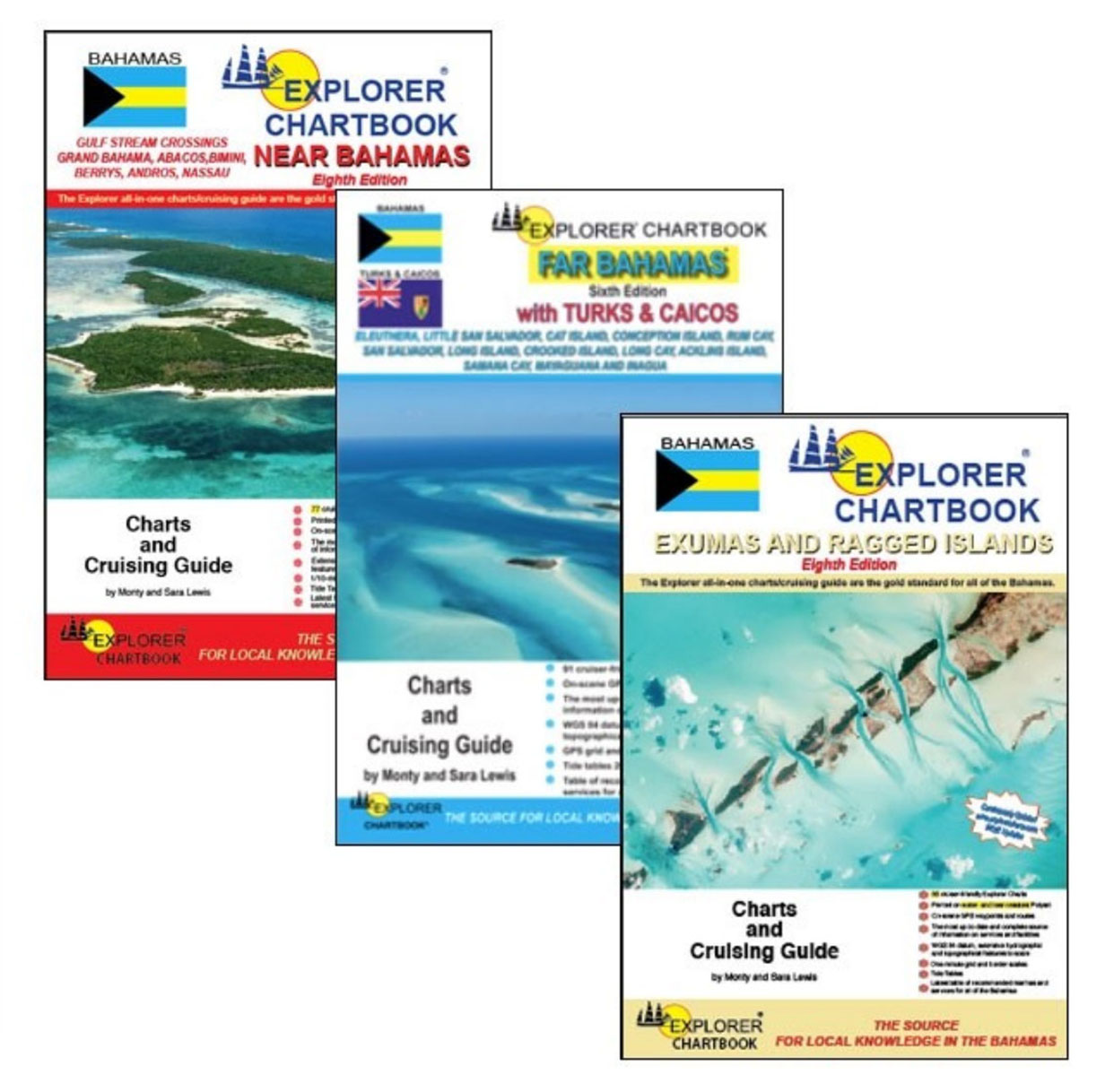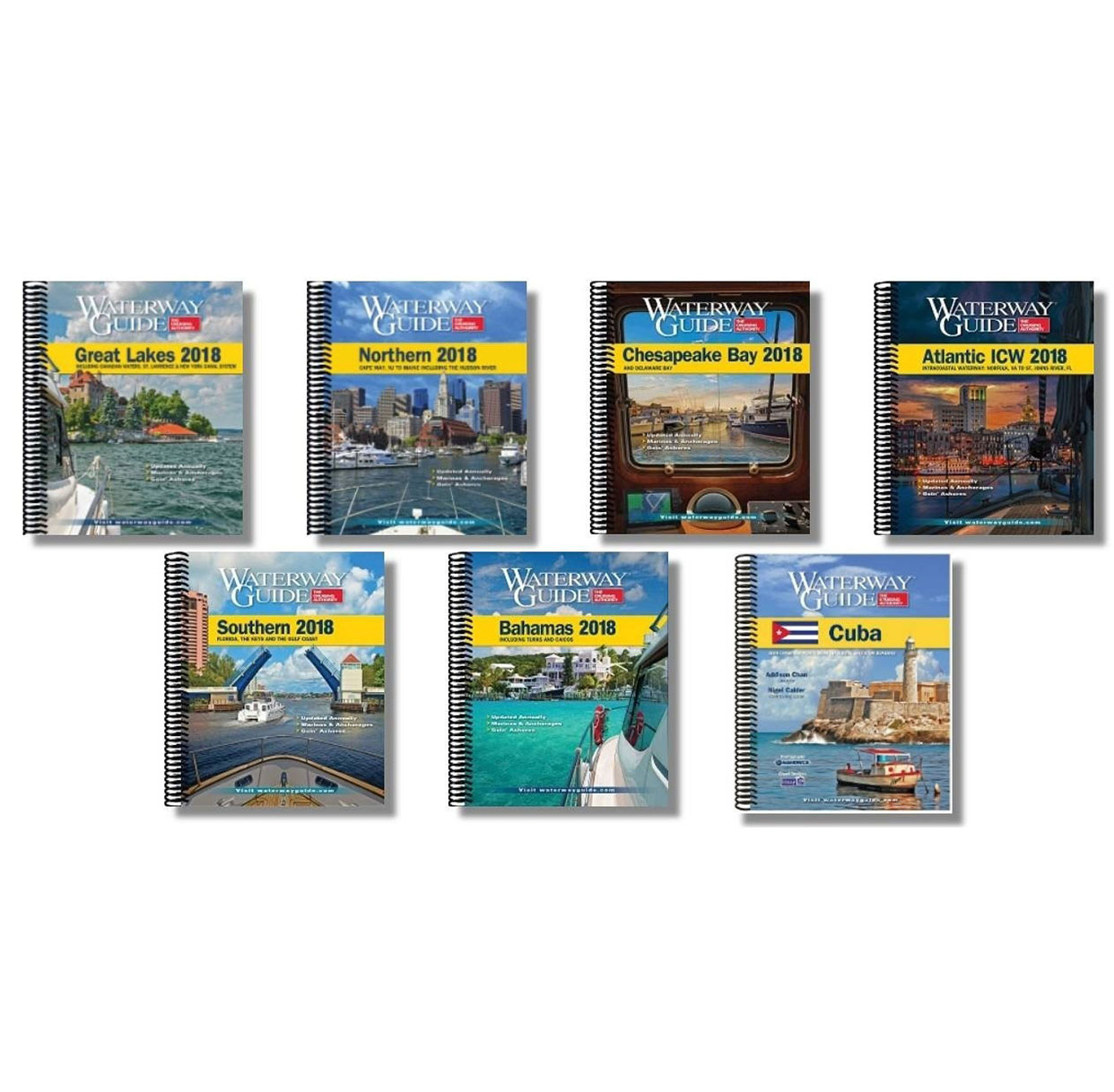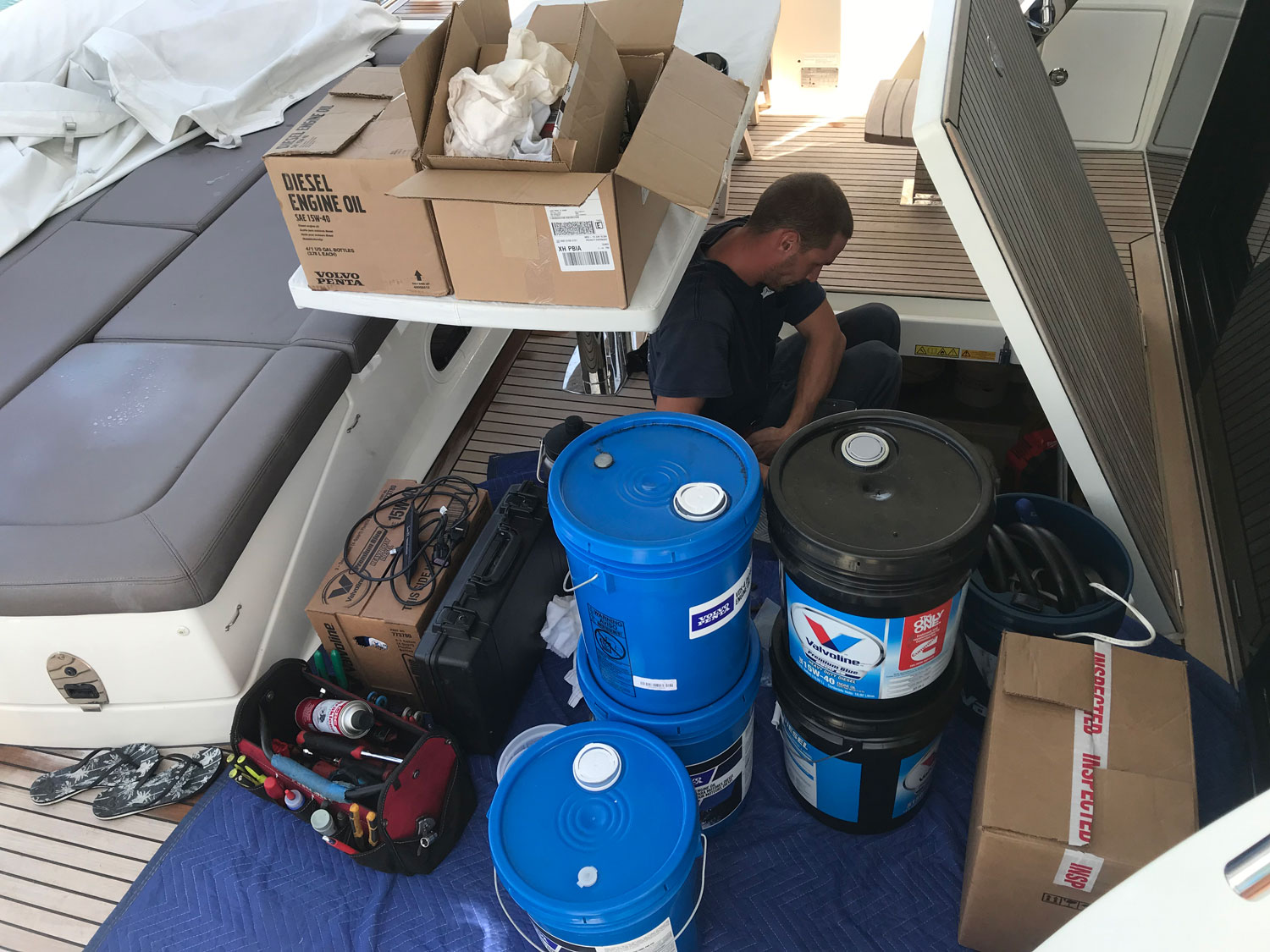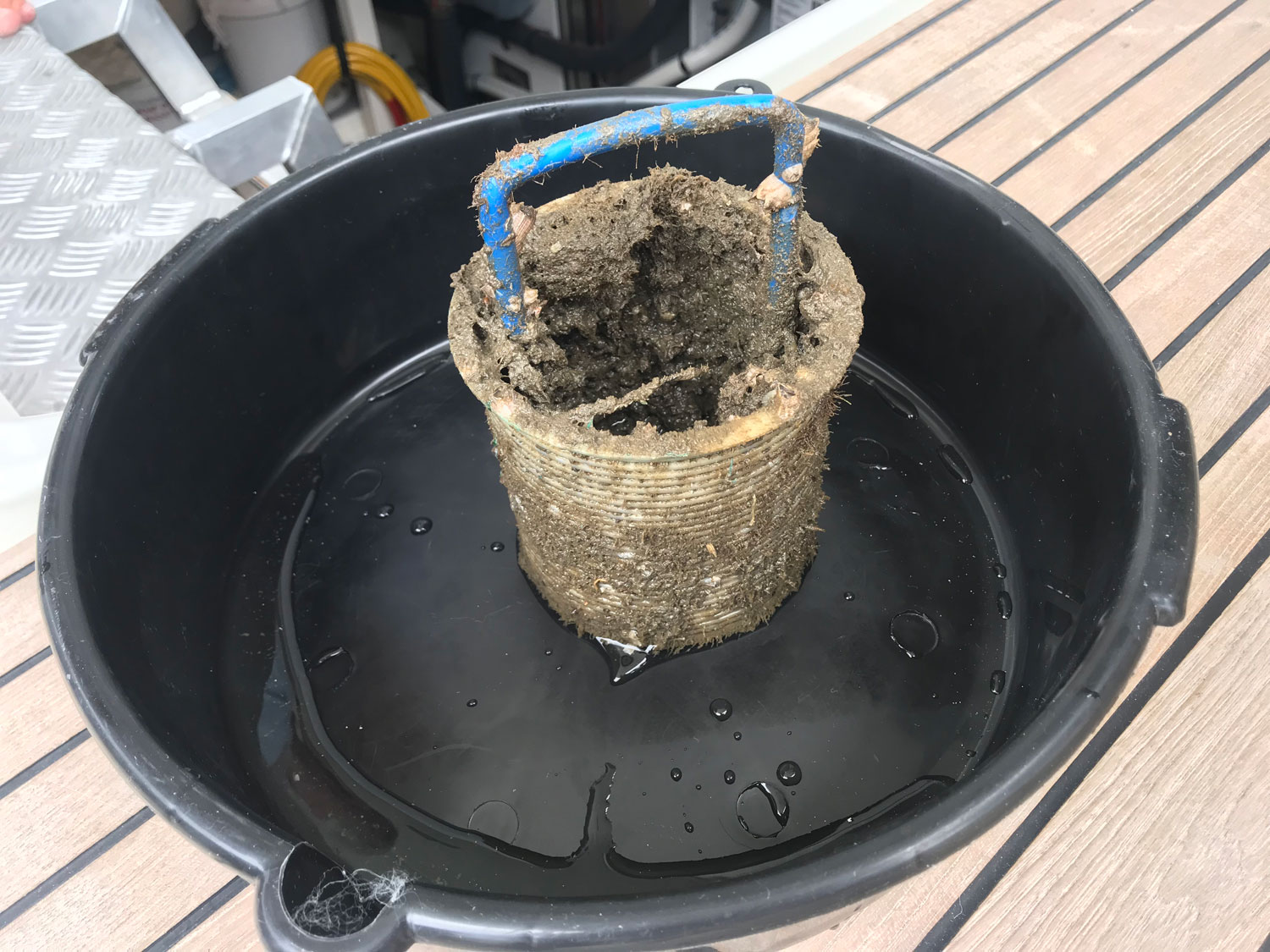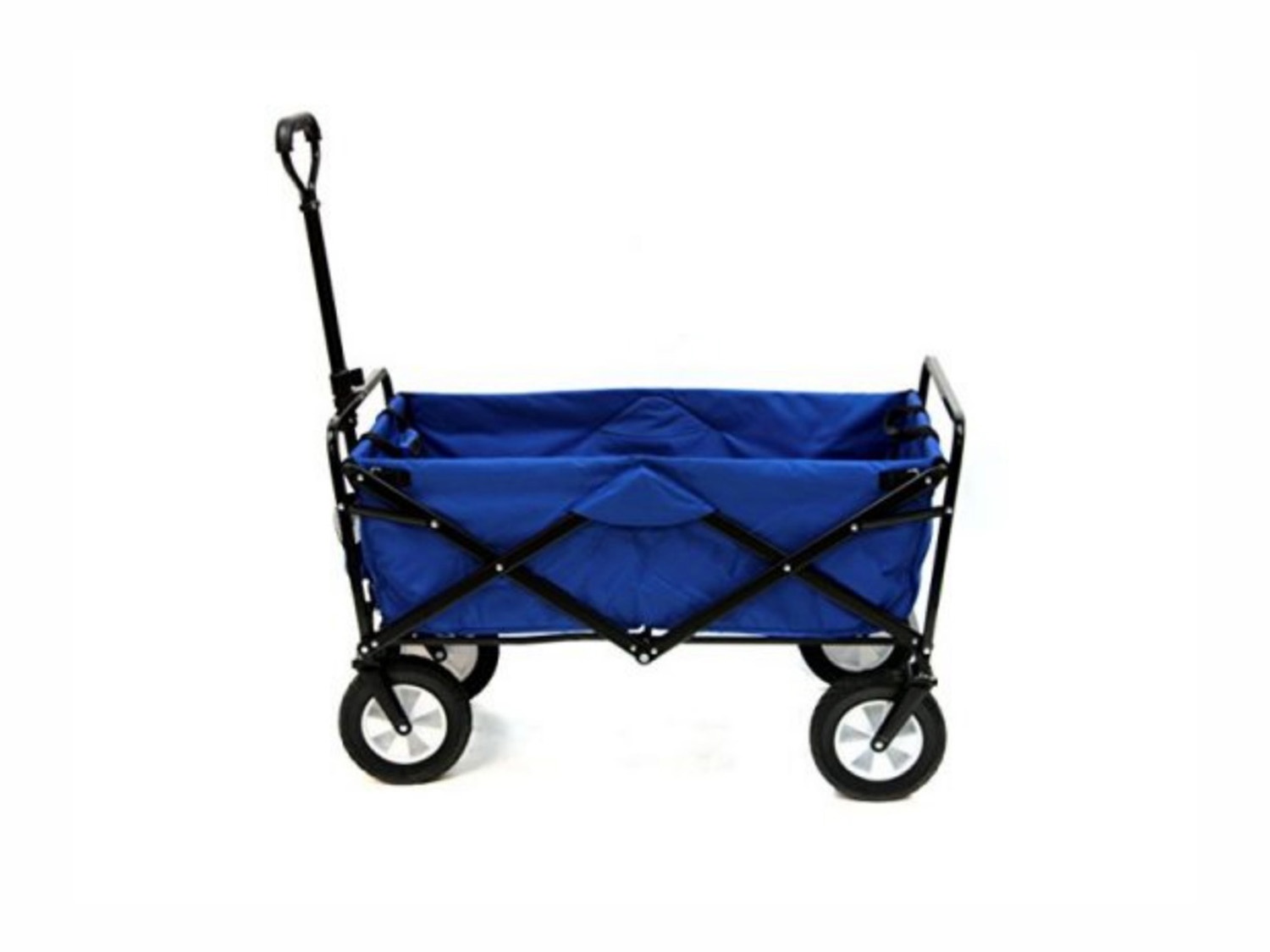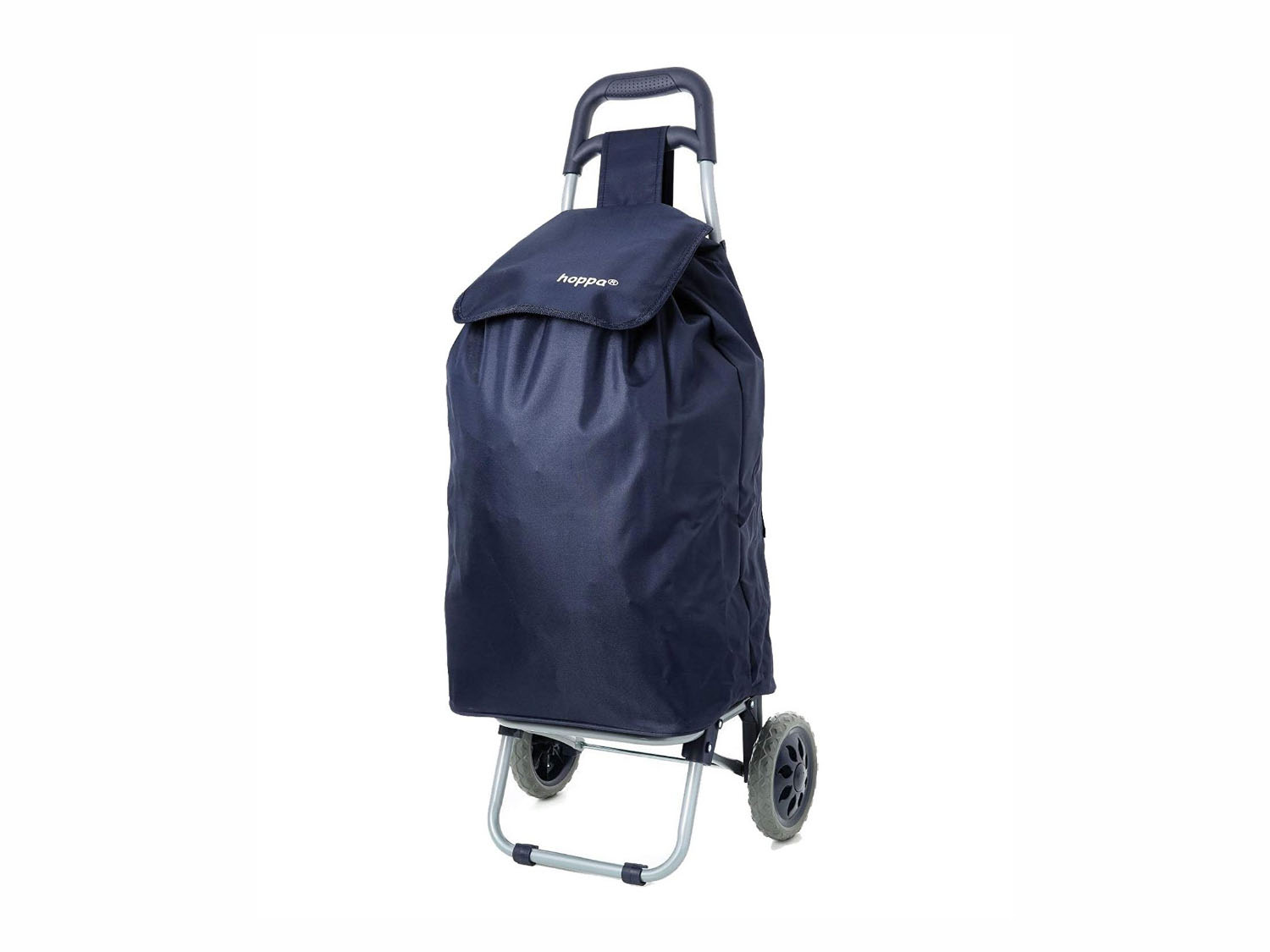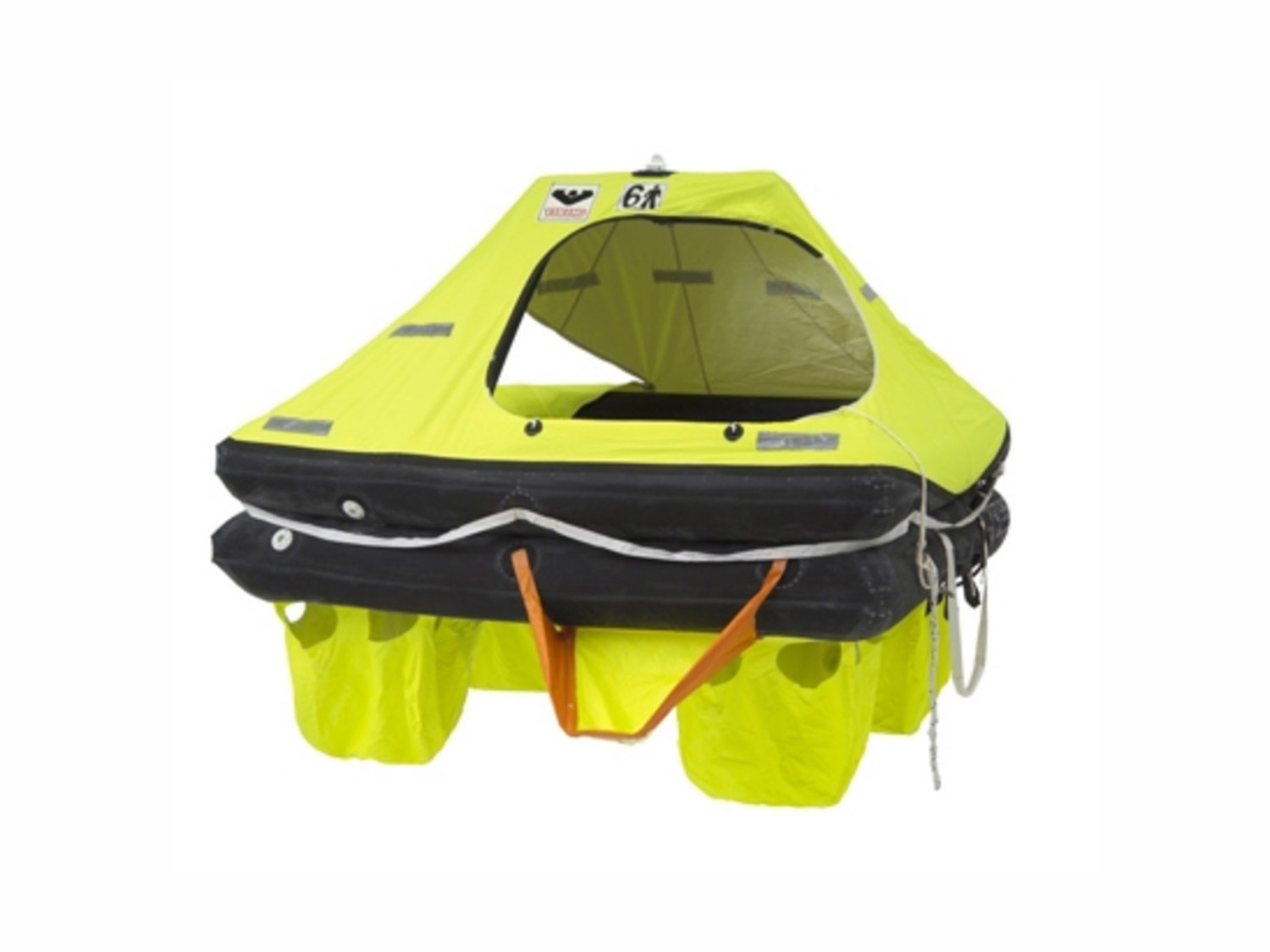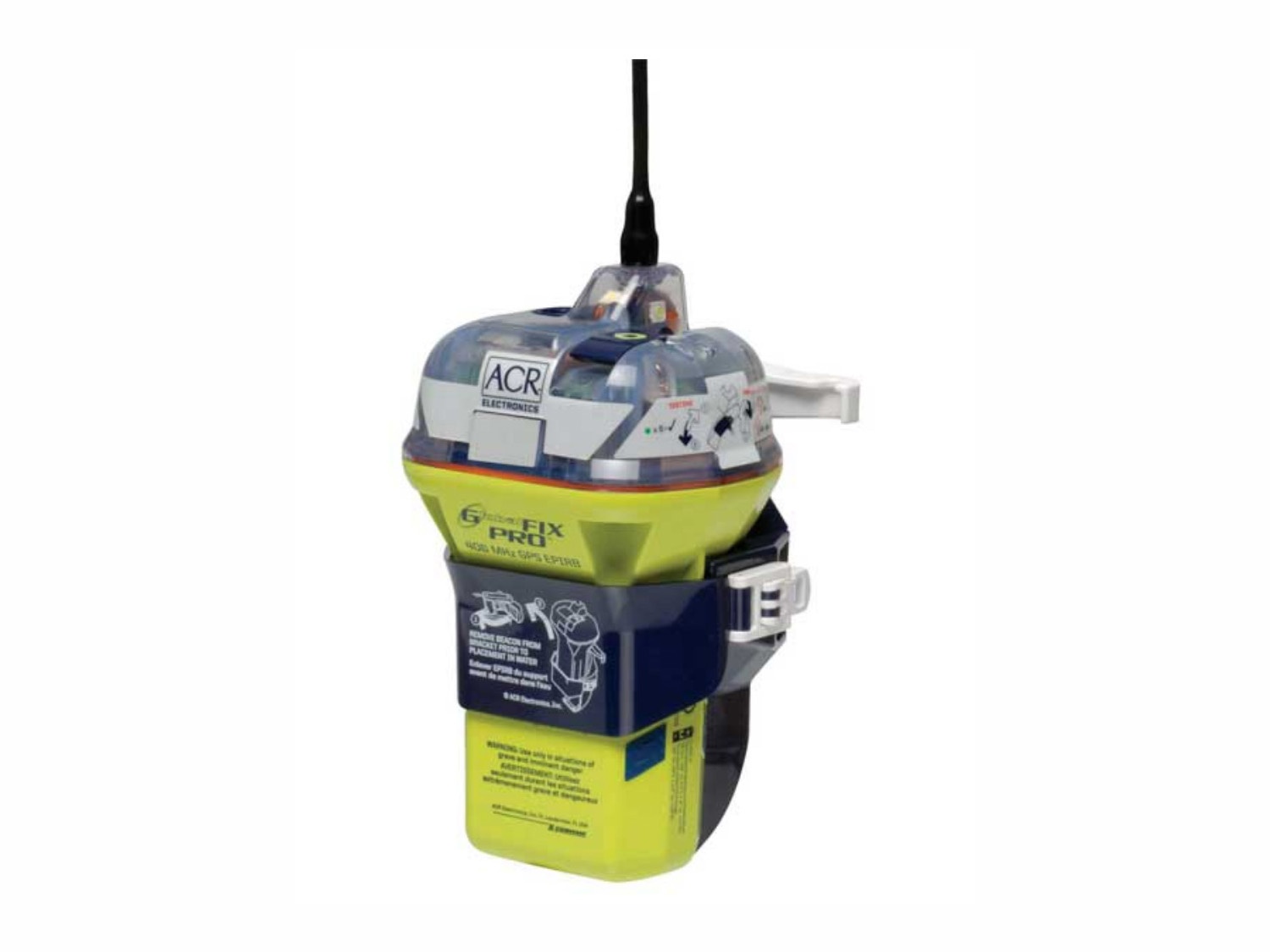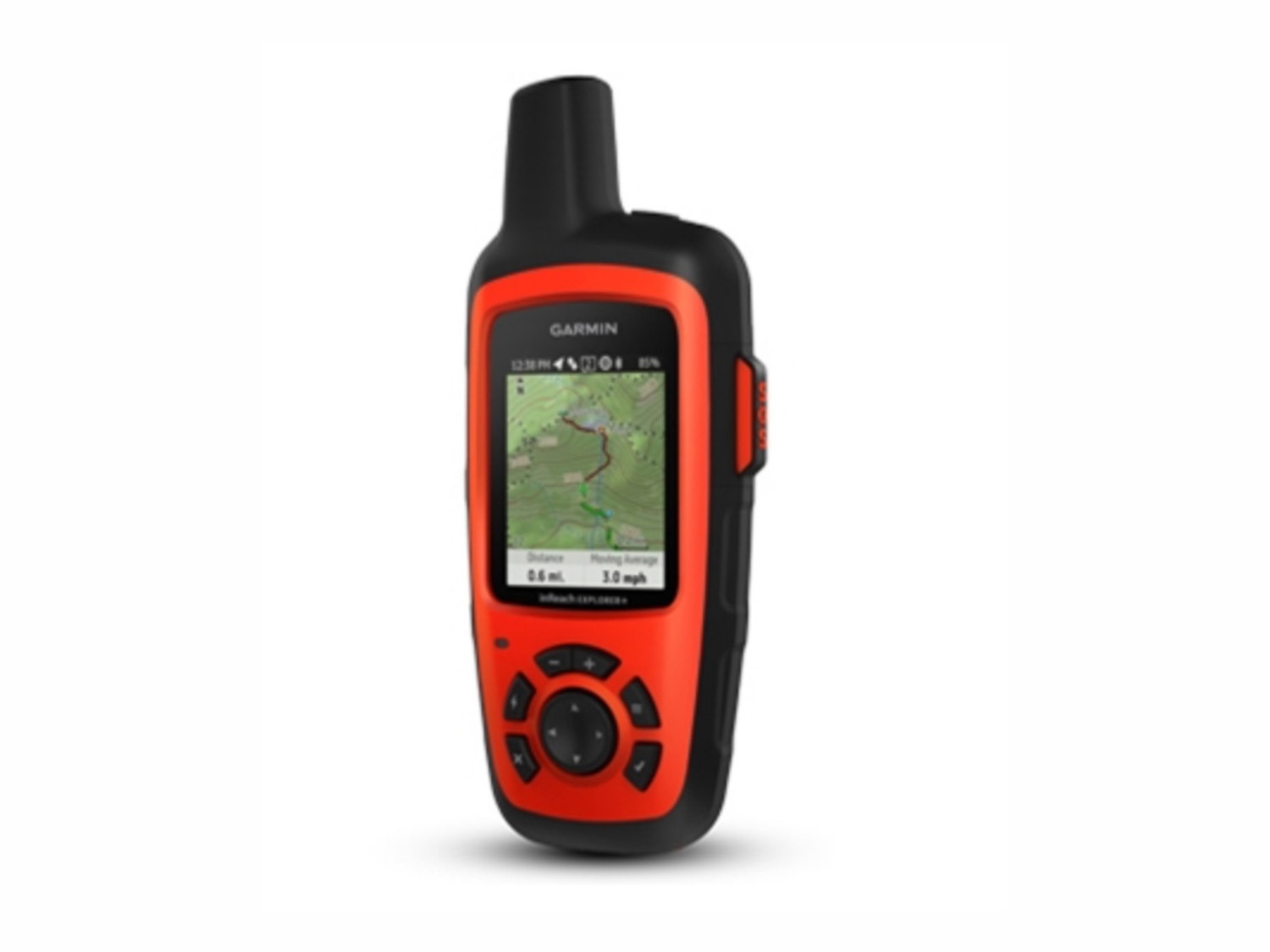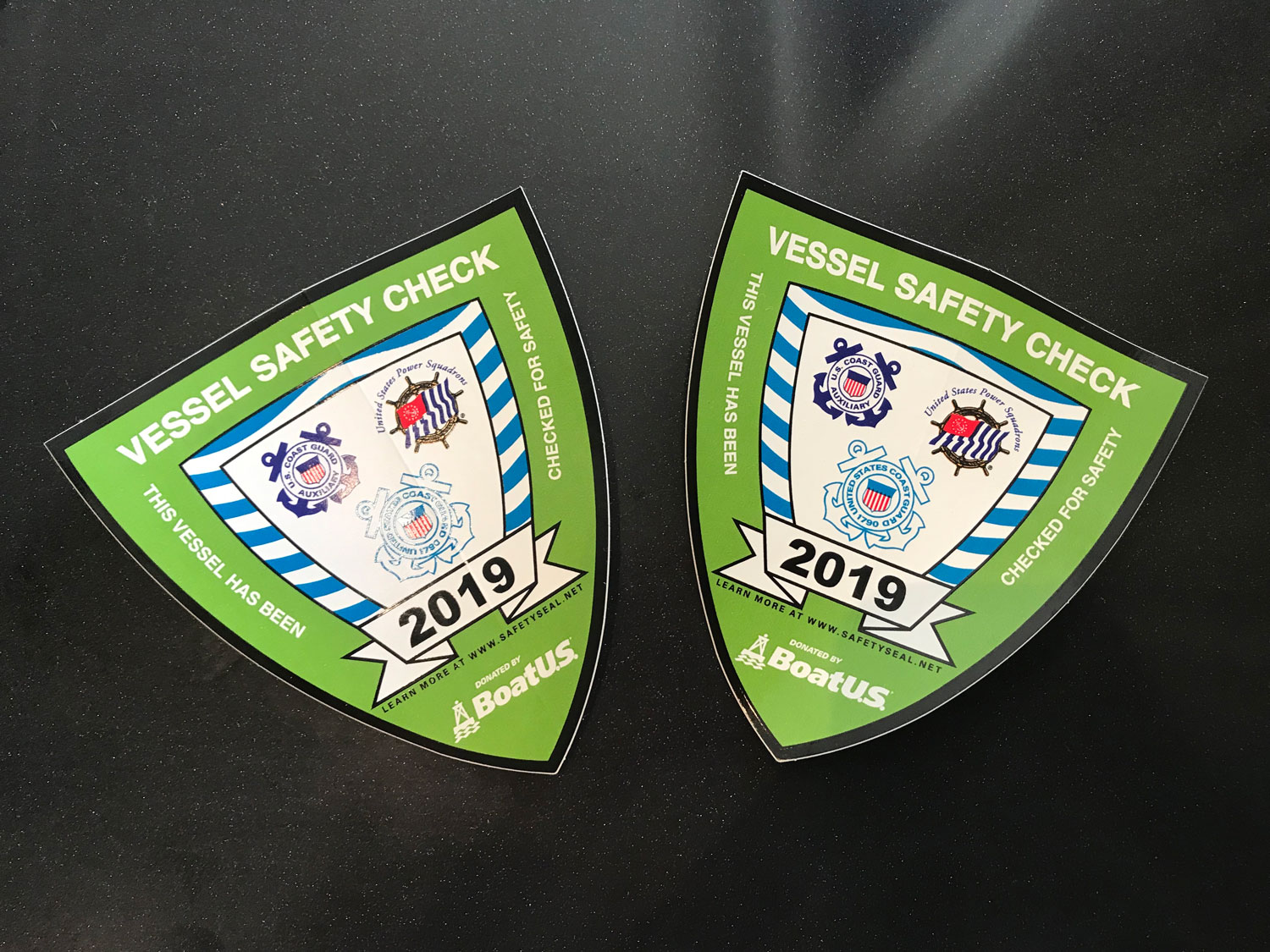
My previous blog talked about what it means to be a yacht owner-operator. This blog discusses the preparations involved in planning for a longer trip as an owner-operator.
All the fun starts with planning the trip itself: the itinerary, all the stops you would like to make, any spots you would like to visit, and any friends or family you can meet up with along the way, both on the water and on land.
Specific trip preparations will depend on where you go (and whether you will be crossing any borders, which will add some administrative arrangements), in what climate, for how long, whether you will be mostly in marinas or at anchor, whether you travel with pets (that need to go to shore, and that may need travel paperwork and vaccination certificates), and whether you will find local grocery stores to re-provision and restaurants to dine out at while underway. But most trip planning will share some common elements, including planning the trip route, getting the boat ready, provisioning for the trip, and taking care of the home front.
In planning the trip, there are many wonderful online cruising groups and forums on social media that are very helpful, as well as other resources such as cruising guides and annotated charts. You can find information about:
- Routes and tracks,
- Depth and shoaling issues,
- Local knowledge about the placement of navigational markers, tides and currents, for example,
- Opening times of locks and bridges, and
- The facilities and conditions at various anchorages and marinas along the way.
In general, we will plan at least a Plan A and a Plan B itinerary for each trip, allowing for changes in weather conditions or any issues that may arise with the boat. Experienced boaters will tell you, it is dangerous to try to travel on a fixed schedule. Indeed, weather conditions may impose detours or delays. Disregarding these to stick to a schedule can lead to cruising in unsafe conditions.
In addition to checking out cruising forums and local knowledge, it is important to make sure you have downloaded and updated all the latest charts and related software for the areas you will be cruising prior to leaving for any trip. If you are traveling across state or national borders, also make sure your insurance policy covers you in each area for the dates you are planning to be there.
With your itinerary planned, it’s time to get the boat ready.
For a long trip, this will include: a mechanical/maintenance check and a service if appropriate, checking all required safety equipment is onboard and in good working order (and not expired, such as in the case of flares, for example)[1], topping up all fluid levels, checking fuel and AC filters, fueling up the boat and the tender, filling the water tanks with fresh water, cleaning the strainers, making sure you have all required cleaning supplies and spare parts on board, having your sets of travel and dock lines,[2] and any water toys you are bringing on the trip.
We also like to bring a foldable dock cart and shopping trolley to make it easier to bring things to and from the boat while away from your home dock for longer periods of time, as well as foldable boarding steps to accommodate getting on and off the boat from a variety of fixed docks at variable heights you will no doubt encounter. Some fixed docks, especially in areas with large tidal swings, can prove quite sporty to get on and off, and you will likely find a renewed appreciation for floating docks!
If your trip takes you offshore, but not only then, there are several additional items I would highly recommend having onboard. Make sure you have an up-to-date (nothing expired) and stocked ditch bag (or “abandon ship bag”) ready. In addition, I would not go offshore without a life raft, a satellite phone, and of course an Emergency Position Indicating Radio Beacon (EPIRB).[3]
[1] I like to schedule a voluntary US Coast Guard Auxiliary Vessel Safety Check to make sure the boat is in full compliance with all Federal and State boating laws. http://cgaux.org/vsc/
[2] When you have a slip from where you undertake shorter trips you would usually keep a set of lines on the dock and travel with a separate set of lines. When changing your base and going on a long trip you would clear your dock and bring along both the travel and dock lines.
Provisioning for a long trip can seem like daunting task, and tends to require some creative shopping and stacking. Indeed, on most boats storage space is ultimately fairly limited. To avoid the last-minute stress of a huge provisioning run, we always try to get all the nonperishables and frozen goods onboard at least several days ahead of our departure, leaving only the provisioning of perishables to the last moment.
Our strategy regarding fresh produce is usually to store more fragile fruit and vegetables in the fridge, and to keep produce that can be kept longer in a cooling bag in a dark stateroom kept at a lower temperature. Another tip for provisioning is to remove as much packaging as you can while you are still at the dock. This way, you can pack away much more in your fridge, freezer and cabinets, and it will also greatly reduce the amount of trash you accumulate while on board.
Last but not least, it’s time to take care of the home front.
Indeed, as we do not live aboard full-time, we have a land home that needs to be taken care of when we are out on the boat. This part of the trip preparations includes finding someone to look after and regularly check on the house, cancelling or redirecting subscriptions or mail, and moving any garden objects or other items that can be damaged in severe weather inside. I like to also check on any upcoming doctor or dentist appointments and any pharmacy prescription refills, especially when traveling across borders it is just easier to have all that up-to-date and refilled prior to departure.
With all these items checked off the to-do list, all that is left is to hope for fair winds and following seas, and to get underway.
After all … “The best way is underway!”
Follow my journey @yachtambassador


